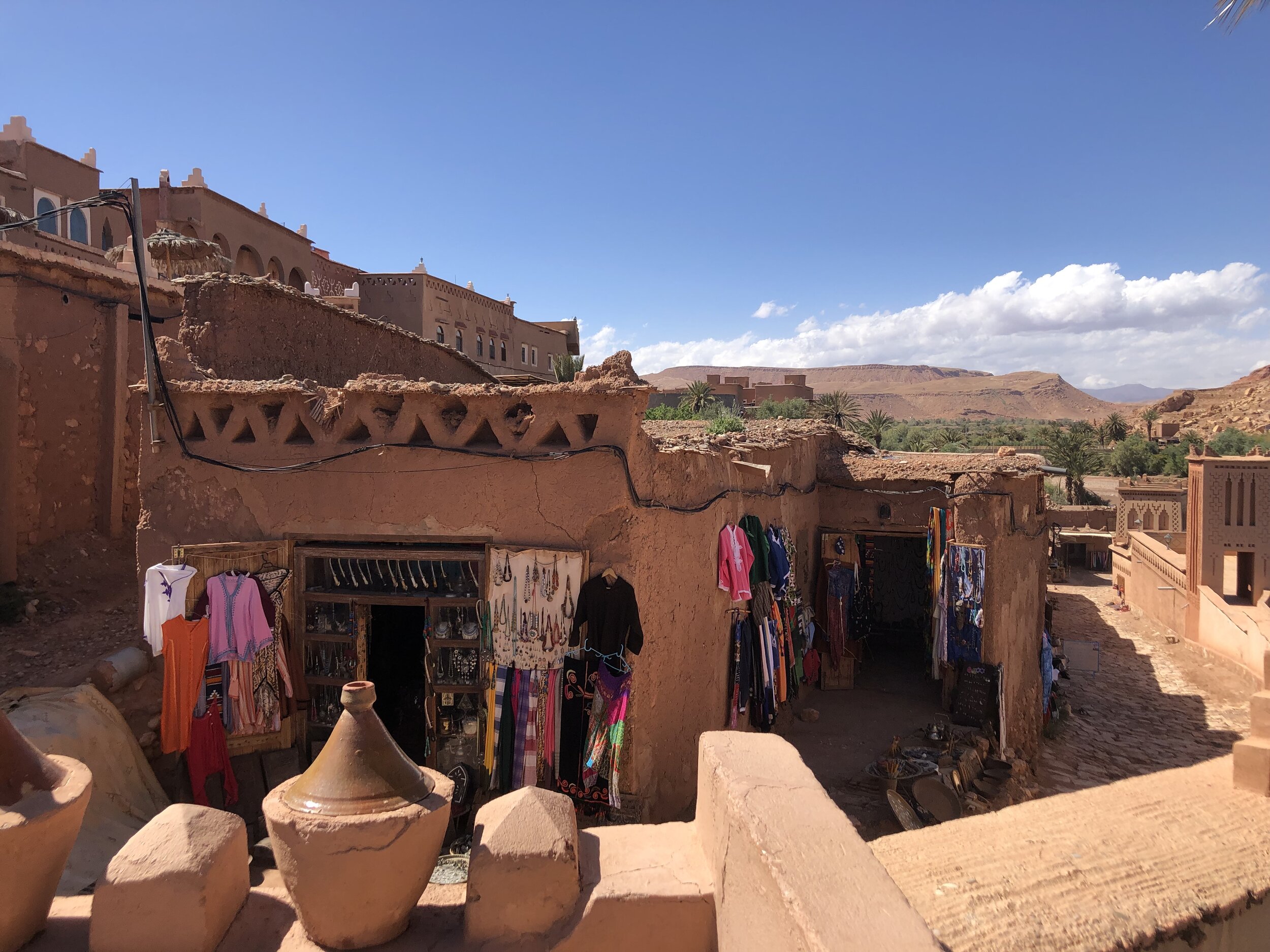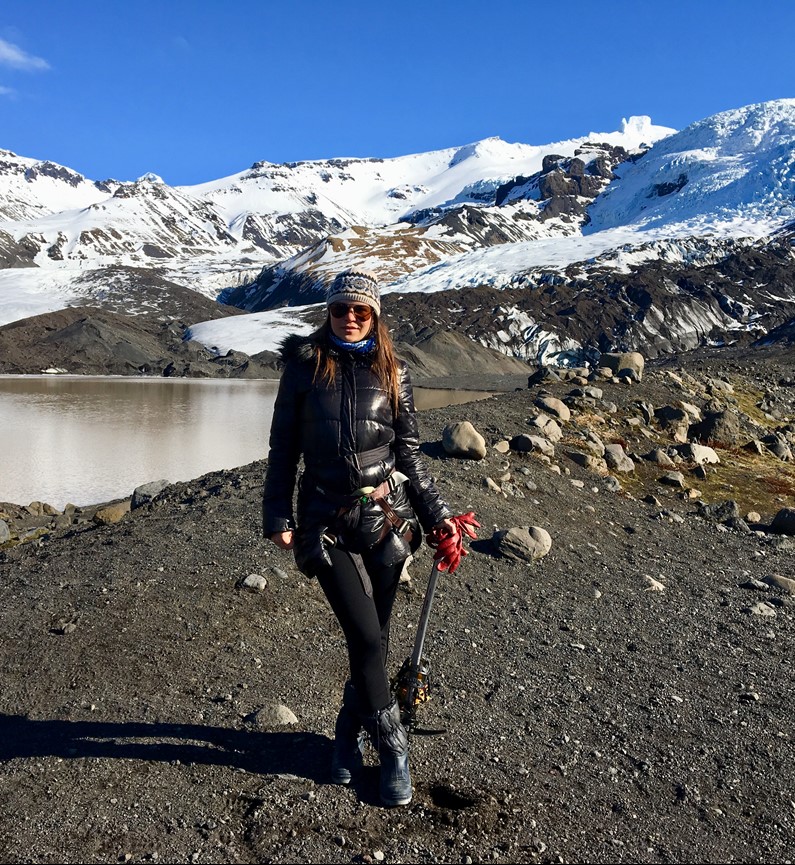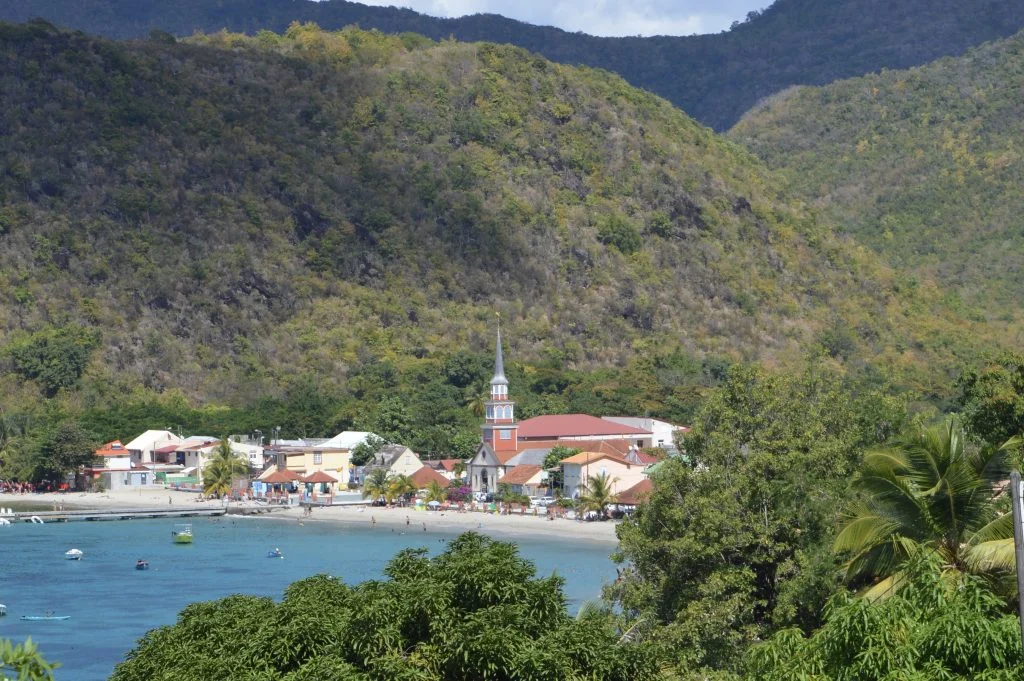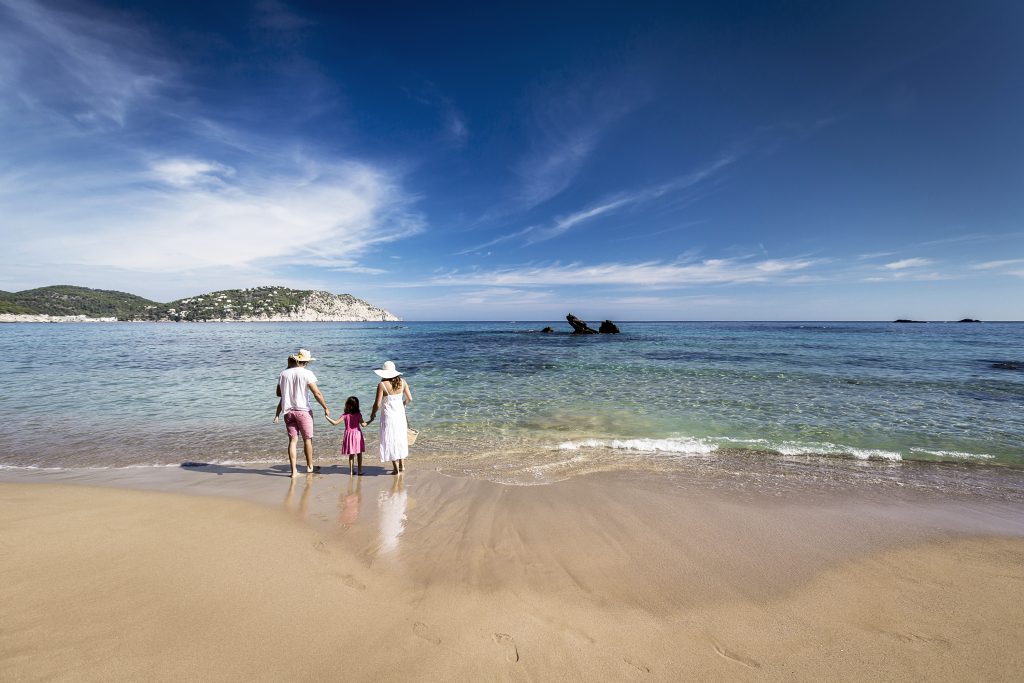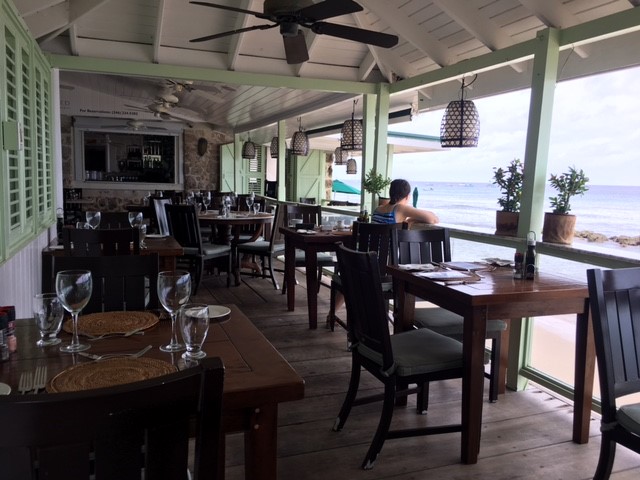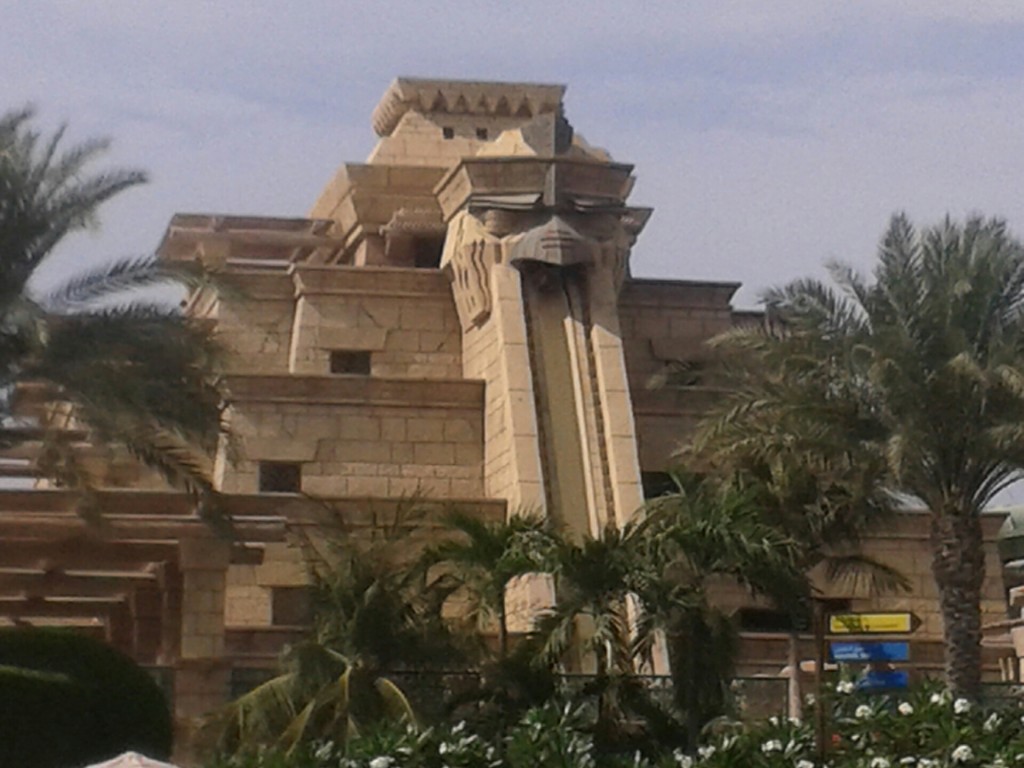Tourists often visit a destination to seek authenticity - something that is genuine and original, to escape from their daily lives. The demand for real and authentic culture can have both positive and negative impacts on the destination.
Think of a time when you travelled abroad and saw a cultural event or activity. Was it authentic? Did you believe the locals genuinely carry out this practice? Or was it simply a performance that was staged for Travellers? This is the concept of Staged Authenticity. One of our Travel Writers, Sophie, visited Morocco to explore its thriving cultural heritage and discovered there could be a negative cultural impact of tourism to these performances.
With foreign influence and the development of Mass Tourism, Moroccans have started to lose their identity and have seen their culture diminish in order to suit the Western traveller, causing some negative socio-cultural impacts as locals copy and adopt tourists’ behaviour patterns & culture. Many Moroccans, especially the younger generation, have started to move out of their homes and migrate from rural to urban areas, developed by Mass Tourism, with the hope of a better job and the demonstrated Western lifestyle.
Staged Authenticity is a common concern in this destination!
Let’s take the example of my group trip to Morocco, which included a visit to a local village in Imlil (Atlas Mountains). A Berber welcomed us to his home, wearing his traditional white ceremonial dress, which is worn for special occasions for their Tea Ceremony. The owner demonstrated the Tea Ceremony and offered mint tea to everyone, a traditional welcoming gift to relatives and friends. Visitors may have been excited to see a local home & meet a villager and have the perception of going ‘behind the scenes’ and away from the touristic city-centre of Marrakesh. However, if the Tea Ceremony is a Moroccan tradition and the attire is typically worn for special events, do you think the experience was authentic? Should this practice be solely exclusive to residents? I came to the conclusion that The Tea Ceremony could have been staged authenticity, since it is developed by the demand for what is perceived as authentic and visitors having a desire to see the daily lives of natives.
Responsible Tourism shouldn’t mean you must question every aspect of your trip. It’s time to consider if your encounters with a local is a genuine engagement, or just a staged superficial one. Culture is ever changing, and tourism brings a renewal and preservation of cultural activities and traditions, as well as an increase in locals’ pride and confidence in their culture. Responsible Tourism is concerned with immersing yourself in a local culture, and sharing experiences and stories between the host and the guest. Locals build pride by sharing their cultural experiences and values, and travellers in return gain that authentic experience, but not necessarily from a traditional practice that is staged for the viewers in a resort or in tourist hotspots.
Next time you are planning a trip abroad, think responsibly and consider staying in local hotels or village houses, and eating out in local restaurants. Be culturally sensitive and encourage respect and interactions between travellers and hosts.
We’re on a mission to promote Responsible & Sustainable Tourism, so we love to discover amazing destinations that are in line with the way we think. If you’re hungry for some travel motivation and need some inspiration, we’re always here to help so don’t be afraid to make an enquiry!
(Sophie travelled to Morocco in March 2019)



